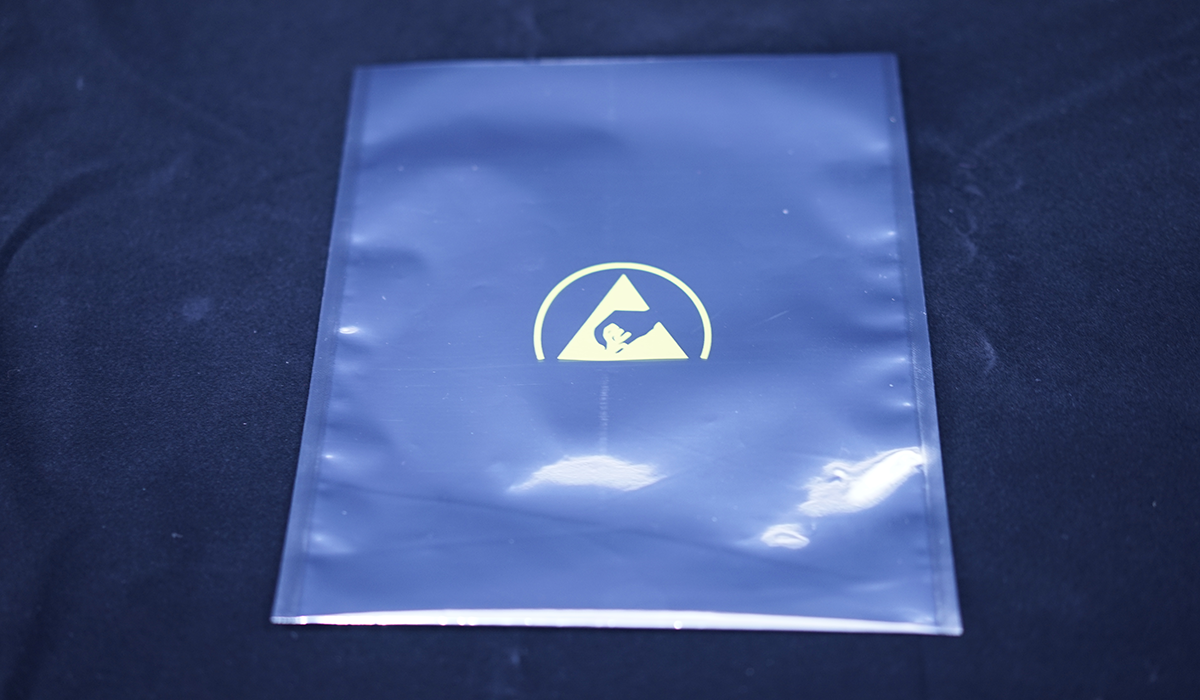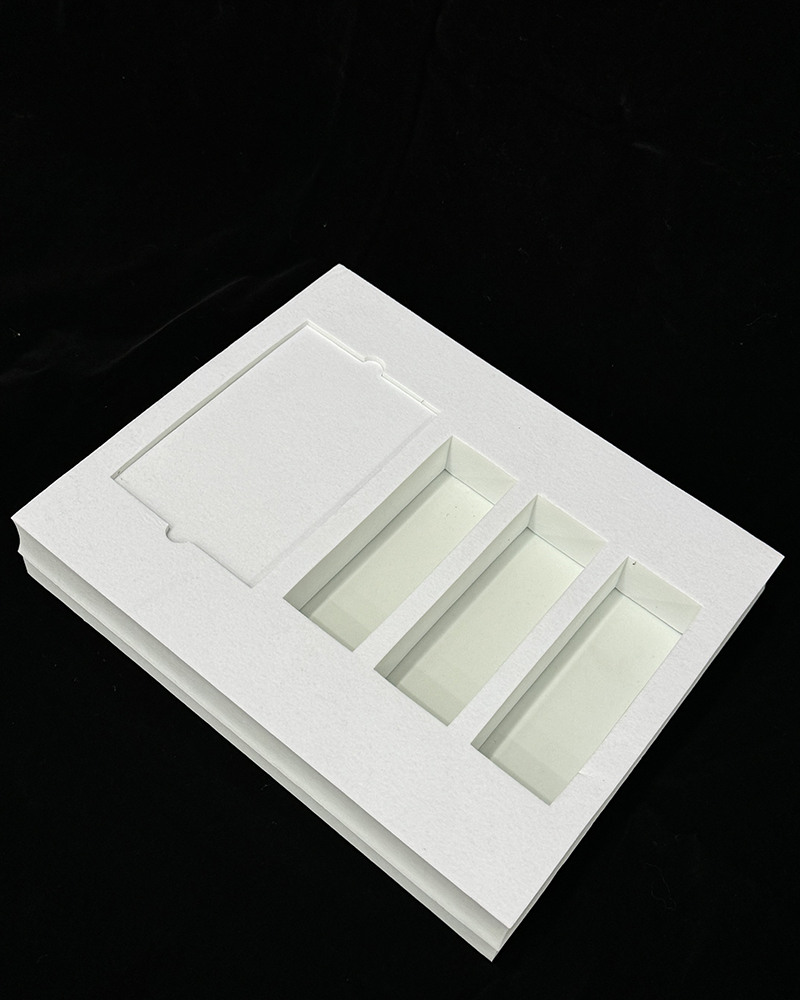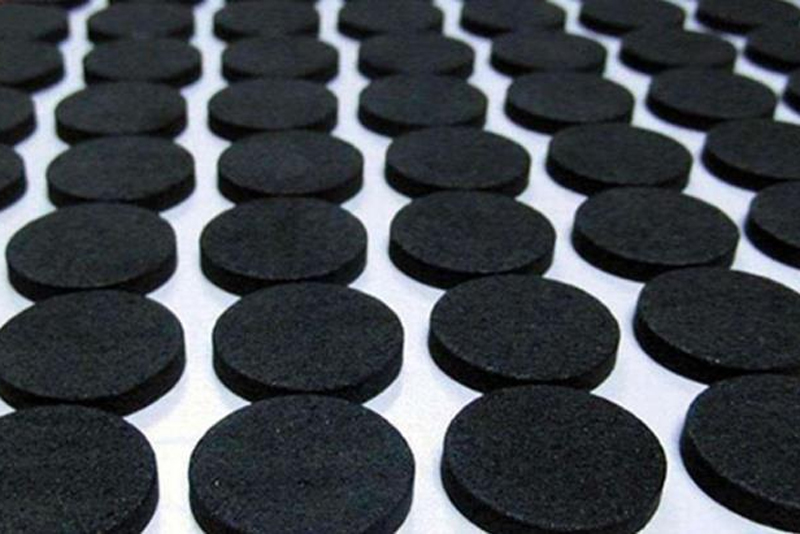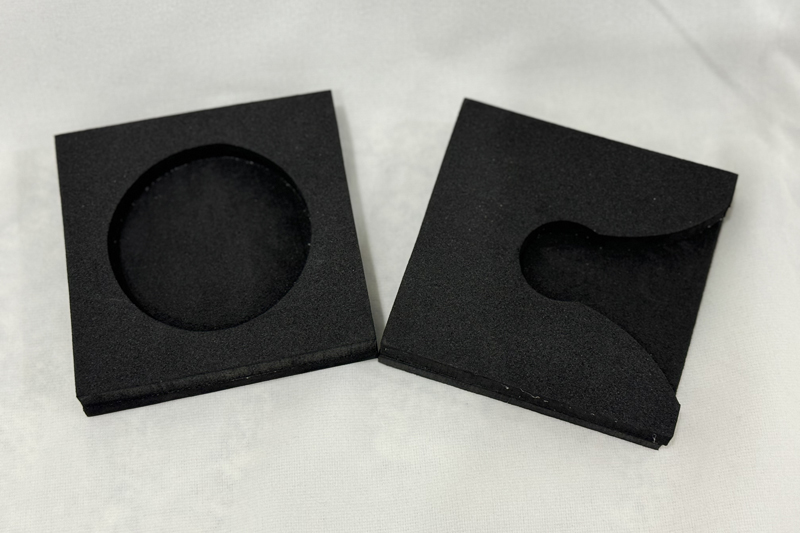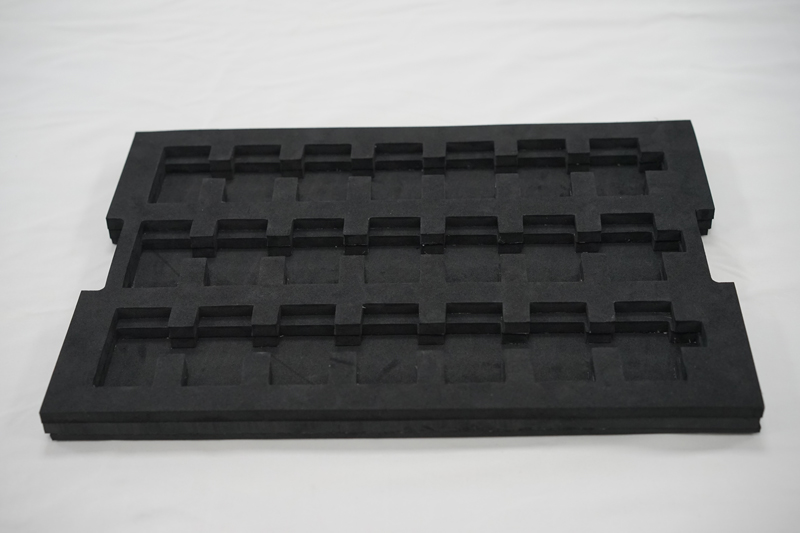Classification of eva foam
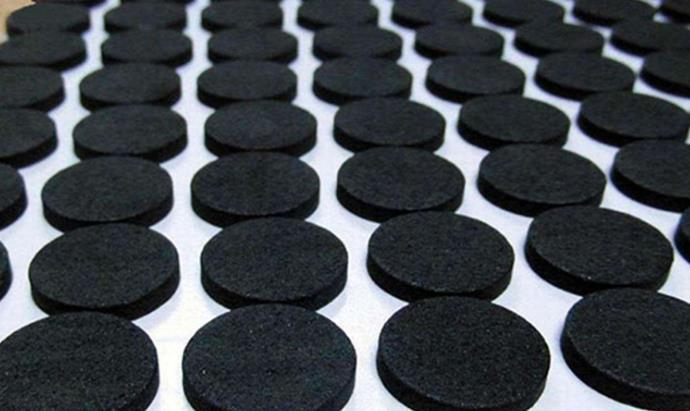
1. Grade: EVA foam can be categorized into four grades - B-grade material, A-grade material, A+ grade material, and high-foam grade.
2. Function: EVA foam can be divided into five functional types - high elasticity, anti-static, flame-retardant, shock-absorbing, and moisture-proof.
3. Color: EVA foam is available in four color options - black, white, multicolor, and camouflage.
4.Density: EVA foam has eight density specifications measured in degrees - 15°, 20°, 25°, 30°, 38°, 45°, 50°, and 60°.
5. Processing: EVA foam undergoes six processing stages - sheet forming, roll forming, coating, self-adhesive backing, molding, and embossing.
6. Product Names: EVA foam products are classified into seven categories - rubber pads, foot pads, foam sheets, liners, inserts, cushioning pads, and custom-shaped EVA components.
EVA Resin
Typically referred to as EVA products, EVA resin generally contains a VA (vinyl acetate) content of 5% to 40%. EVA resin can be processed into various products through molding methods such as injection molding, extrusion, blow molding, foaming, thermoforming, heat sealing, coating, and welding, making it widely applicable. EVA films are characterized by excellent toughness, superior impact resistance, high transparency, resistance to degradation, non-toxicity, and low shrinkage rates.
EVA Elastomer
EVA elastomers have a VA content of approximately 40% to 70%. They are primarily used as rubber elastomers and PVC modifiers. The high VA content results in an almost or entirely amorphous structure, with a glass transition temperature of around -35°C. EVA hot melt adhesives, which are solvent-free, non-toxic, non-flammable, and environmentally safe, are widely applied in high-precision, automated production lines such as home appliance and automotive assembly, bookbinding, and edge sealing. They are also extensively used in the furniture industry and leather manufacturing.
EVA Emulsion
EVA emulsions typically have a VA content of 70% to 95%. Produced mainly via emulsion polymerization, these emulsions are used as adhesives, coatings, and surface layers. EVA emulsion polymerization enables the production of high-molecular-weight polymers at rapid reaction rates, with low material viscosity, ease of mixing and heat transfer, controllable production processes, and efficient removal of residual monomers.

